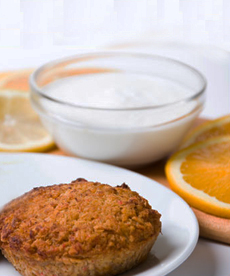
Zero calories, great chocolate flavor.
Photo by Hannah Kaminsky | THE NIBBLE. |
|
Our favorite non-caloric chocolate treat is Metromint Chocolatemint water.
Metromint Peppermint water launched in 2004. People who love a vibrant, minty water are fans. The company then developed additional flavors with less mint intensity to appeal to a broader market, and last year introduced a game-changer: Metromint Chocolate Mint.
Made with cocoa essence and real mint, this is a water any chocolate lover will want by the case. With zero calories, it fills the need for a chocolate treat; once you’ve tasted it, you’re hooked. (In fact, at this moment it’s sold out on the Metromint website due to holiday demand, but you can still order it; more will be in stock soon.)
Chocolatemint is one of a mint water family that includes Cherrymint, Lemonmint, Orangemint, the original Peppermint, and Spearmint. Everyone from mintaholics to those who like just a bit of mint in their water will find flavors to love.
Metromint is great for gift-giving to help a friend or family member start—or stay on—a calorie-controlled diet. You can send a four-pack, a six-pack or, for just $38 and free shipping, a case.
|




